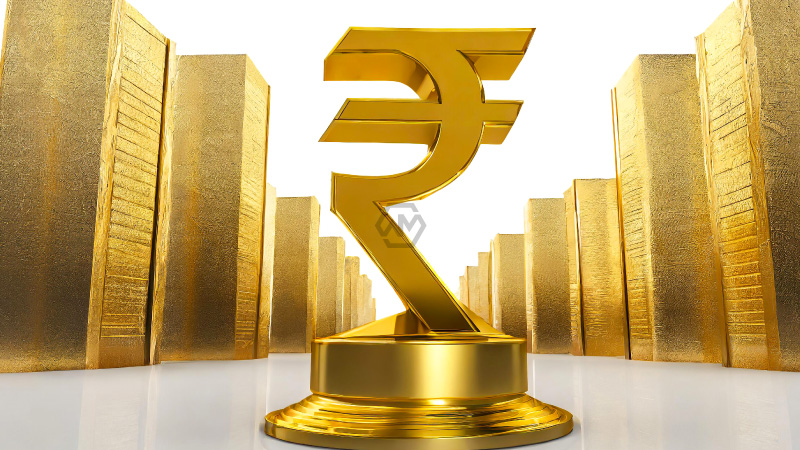- India’s GDP is set to triple from ₹106.57 lakh crore in FY15 to ₹331.03 lakh crore in FY25.
- Retail inflation fell to a 75-month low of 2.82% in May 2025, signaling economic stability.
- Strong domestic demand, investment, and policy support drive India’s resilience amid global uncertainty.
India’s economy has experienced a significant transformation over the past decade, nearly tripling in size. The country’s GDP at current prices is projected to reach ₹331.03 lakh crore in FY25, up from ₹106.57 lakh crore in FY15.
In contrast to global economic fragility, India stands out as a beacon of resilience. While cross-border investments decline and trade uncertainties persist worldwide, India’s internal demand has strengthened.
From Struggle to Surge: How India Tripled Its Economy in Ten Years
One of the key highlights from recent data is the remarkable control over inflation. Retail inflation dropped to just 2.82% in May 2025—the lowest level since February 2019—offering much-needed relief to households. Food prices, often the biggest driver of inflation, showed a significant slowdown with a Consumer Food Price Index (CFPI) of just 0.99%. This is the lowest food inflation recorded in nearly four years, pointing to better supply chains and effective price management.
The Reserve Bank of India remains optimistic about maintaining price stability in the medium term. Its forecast suggests inflation will stay aligned with the 4% target and may even dip below it. The RBI’s June Financial Stability Report further supports this outlook, citing strong agricultural output and subdued global energy prices. The ongoing decline in wholesale inflation, now at a 14-month low of 0.39%, further reinforces this positive trajectory.
Public and private investments are both firing on all cylinders. Businesses across manufacturing and services sectors are operating near full capacity, expanding production, and adding jobs. Government-led infrastructure projects, particularly in transportation and digital networks, are enhancing long-term productivity. This virtuous cycle of investment and consumption is enabling India to achieve consistent, broad-based growth.
Globally, the economic environment remains turbulent, with trade tensions, geopolitical unrest, and falling foreign investments. Yet, India continues to defy these trends with its robust macroeconomic fundamentals. Institutions like the United Nations and industry bodies such as the Confederation of Indian Industry have affirmed India’s stable outlook, forecasting growth between 6.3% and 6.7% over the coming year.
India’s economic journey over the last decade is not just a story of numbers—it is a testament to resilience, reform, and reinvention. As global challenges persist, India is carving a path of sustained and inclusive growth.
“The best way to predict the future is to create it.” – Peter Drucker
India’s economic strategy reflects this wisdom—building future prosperity through steady reforms and strategic investments.



